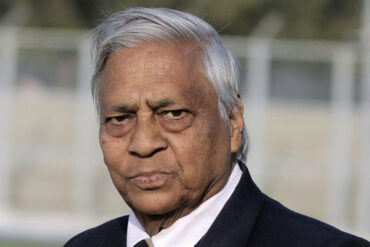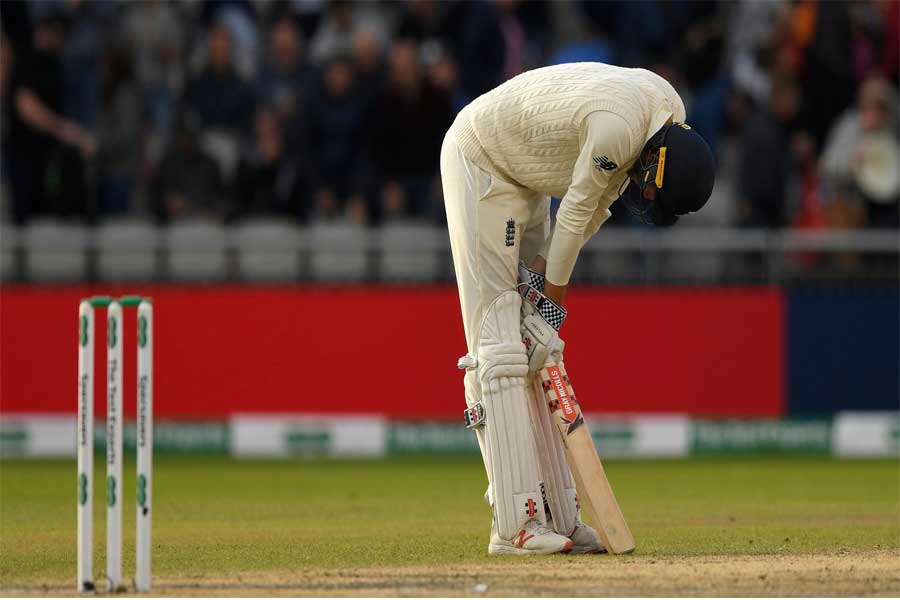As the 2019 Ashes series kicked off, punters felt England held an edge over Australia, especially since the English side had just won the ICC World Cup, apart from enjoying the ‘Home’ advantage. But what was expected to be a tough challenge for the Aussies turned into a summer of woes for England.
Australia, reeling from the Test Series loss at home against India and their stalwarts, David Warner and Steve Smith, making comebacks after serving one-year bans, were given hardly any chance. However, the World Cup euphoria soon evaporated into thin air for England as the Aussies dominated the series and, barring one exceptional performance from Ben Stokes and some good bowling by Joffra Archer, English fans have had little to cheer about their team.
This wasn’t sudden though as the decline of English cricket in Tests, due to its thrust on the shorter formats, has continued for the last few years and poor selection strategies only added to the current Ashes debacle, making England lose the urn on their home soil for the first time since 2001.
Wasting no time in rubbing salt in English wounds, Aussie media stated that while their team was preparing for the victory for quite some time, England had lost the battle due to their exuberant celebrations of the World Cup win. The result is certainly there for everyone to witness as the English batters, promoted to Test arena due to their belligerence in the shorter formats more than technical finesse, just couldn’t cope with the moving red ball. Moreover, their injury management came under the scanner as Anderson, who was slotted back in the first match, broke down just 4 overs into his spell at Edgbaston.
Much suspense revolved around Steve Smith’s comeback as his suspension came in the middle of a purple patch but none would have expected him to roar back with such ferocity on his return. Second to Don Bradman on all-time Test batting averages, and getting better with each passing series, Smith decimated England again like he did in the 2017-18 Ashes. The English bowling looked woefully bereft of discipline whenever he was at the crease and with 671 runs in the series and with one Test to go, Smith has truly left behind all the other ‘greats’ of this generation. One of them, Joe Root, may have dropped himself from the reckoning by not living up to the tag.
The 2015 World Cup loss hit the English cricket hard and they decided to overhaul their setup by putting greater emphasis on their One Day game. While Eoin Morgan was given a free hand to lead the team fearlessly towards World Cup glory, the Test team lost its way. 2015 was also the year when England last won the Ashes but its rise in the shorter formats prompted selectors to push One Day specialists into the Test arena. It was a blunder that exposed the poor batting techniques of English batsmen over the last year when they were bundled out cheaply many times.
Joe Root, who had a tight defense and application for red ball cricket, has now fallen prey to the extravagant style of shot-making associated with the T20/ODI specialists. The result being that he now has the tendency to poke at balls which he would have earlier left alone. In their enthusiasm to be the best One-Day team, England has paid a hefty price by giving up their classical style of play.
Before 2015, England was seen to be stubborn in their reluctance to accept that the game had changed. But now, it seems, the pendulum has completely swung the other way and England can’t seem to find the right balance between picking good teams for the longer as well as the white ball versions of the game.
England’s selection has been perplexing, and giving their swashbuckling ODI specialists too many opportunities in Tests have come to haunt them in the Ashes. World Cup’s star performer Jason Roy was entrusted with the job to open the batting even though he doesn’t open for his county side Surrey. Roy had serious issues with the moving Dukes ball and after dismal performances in the two tests, he was then relegated to the middle order but without much success—his scorecard read a disappointing 10, 28, 0, 2, 9, 8 22 and 31.
Jos Buttler and Johnny Bairstow, both known for smashing balls in the shorter formats of the game, seemed unable to absorb pressure when the opposition put them under the pump. Their performances are under the scanner—Jos Buttler’s in particular. In fact, the current middle order is in such a mess that England need to sort it soon or forget about having a shot at winning the World Championship.
Fortunately, the solutions aren’t too far away and they just need to look in the right direction. The last few county seasons have thrown up many options for England. Ben Foakes is one of them as he is highly regarded in Surrey for his lightening glovework as well as his sound batting technique that has had former England great Alec Stewart state that Foakes is good enough to bat at number three.
Surprisingly, James Hildreth from Somerset, who has a prolific First-Class record with 41 centuries has somehow hasn’t found himself in the Test side despite England’s middle order struggles.
Another experienced keeper-batsman Ben Brown from Sussex has been waiting in the wings all throughout this summer. He hit a brilliant hundred against Northamptonshire to rescue his side from a precarious 68 for 6 earlier in May but English selectors instead opted for the white ball specialists over him.
The English introduced the gentleman’s game to the world. But somewhere their own understanding of the game came in the way of their evolution. While rest of the world continued to learn and adapt, England held their heads high not budging from their playing styles for the longest time. It is now the need of the hour that they give preference to County cricket performers, players of proven calibre and sound technique.
Cover Image courtesy ICC







